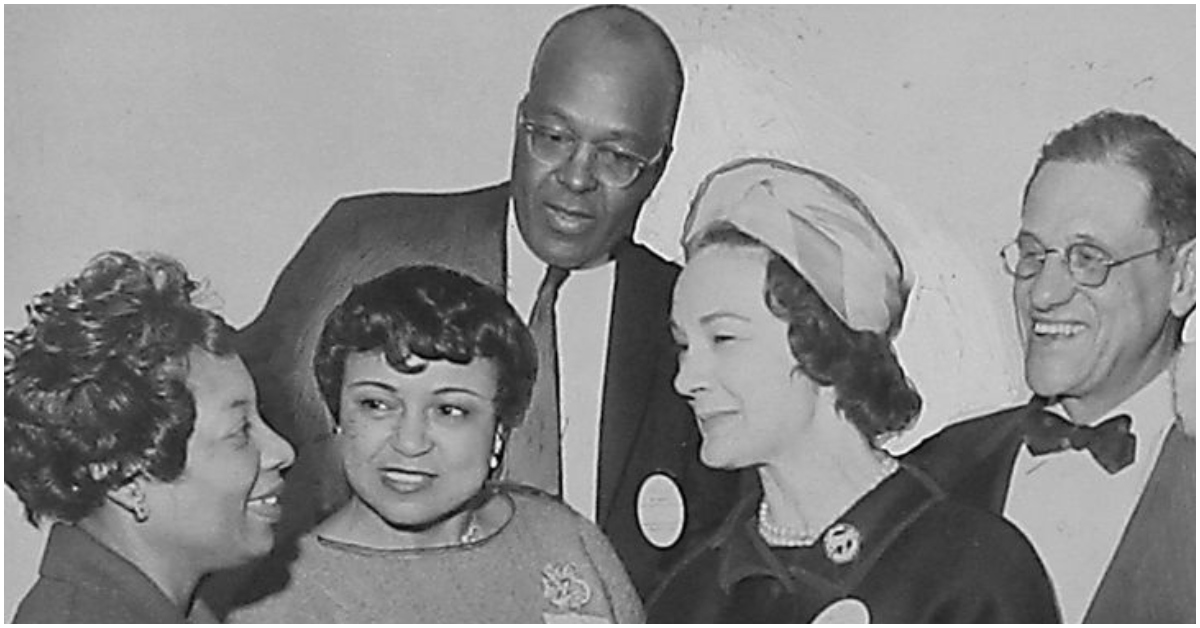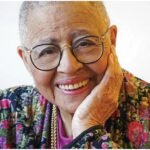Trailblazers in the White House Press Corps
In a long-overdue recognition of their pioneering achievements, Alice Dunnigan and Ethel L. Payne, the first Black women to be credentialed as White House correspondents, were recently honored with a powerful symbol of their legacy – a dedicated lectern in the iconic White House briefing room.
“The White House lectern is a powerful symbol of freedom and democracy beamed around the world on a regular basis,” said Karine Jean-Pierre, the current White House press secretary and the first Black woman to hold that position.
Jean-Pierre, who unveiled the Dunnigan-Payne Lectern in November, emphasized the resilience and rich history symbolized by this new addition to the briefing room, blending modernity with tradition.
Breaking Barriers and Facing Adversity
Dunnigan and Payne’s journey to the White House press corps was far from easy. They faced relentless discrimination, sexism, and racism as they fought to secure their rightful place among the nation’s most prominent journalists.
“Alice Dunnigan, who had to pawn her jewelry to make it between paychecks, said that white reporters took for granted that they would be allowed to cover the White House,” a testament to the barriers she had to overcome.
Despite the challenges, their unwavering determination and talent propelled them to the forefront of journalism, covering some of the most significant events and issues of their time, including the civil rights movement.
Shattering Glass Ceilings and Amplifying Voices
Dunnigan’s tenacity was evident from her very first day covering the White House, when she arrived early for a press conference with President Harry S. Truman but found herself largely ignored by her colleagues.
“If anyone wondered who I was or why I was there, they made no effort to find out,” Dunnigan wrote in her autobiography, “Alone Atop the Hill.”
However, she persisted, scooping her colleagues on several occasions and ultimately earning their grudging respect.
Payne, too, faced numerous obstacles, including having her credentials threatened after questioning President Dwight D. Eisenhower about segregation.
Yet, her coverage of the civil rights movement was so instrumental that President Lyndon B. Johnson invited her to witness the signing of landmark legislation, including the Civil Rights Act of 1964.
A Lasting Legacy and Inspiration
The dedication of the Dunnigan-Payne Lectern not only honors these trailblazers but also serves as a powerful reminder of the importance of diversity and inclusion in the media. As April Ryan, the longest-serving Black woman in the White House press corps, stated, the decision to honor Dunnigan and Payne made her feel “seen.”
“There are still crescendo moments in Black America, and we are the only ones who are asking those questions, or writing those stories, and asking Black questions that no one else dares, or wants, or thinks are important enough to ask,” Ryan said.
The lectern’s unveiling was accompanied by the presentation of the annual White House Correspondents Association Award, further cementing Dunnigan and Payne’s groundbreaking contributions to journalism and civil rights activism.




